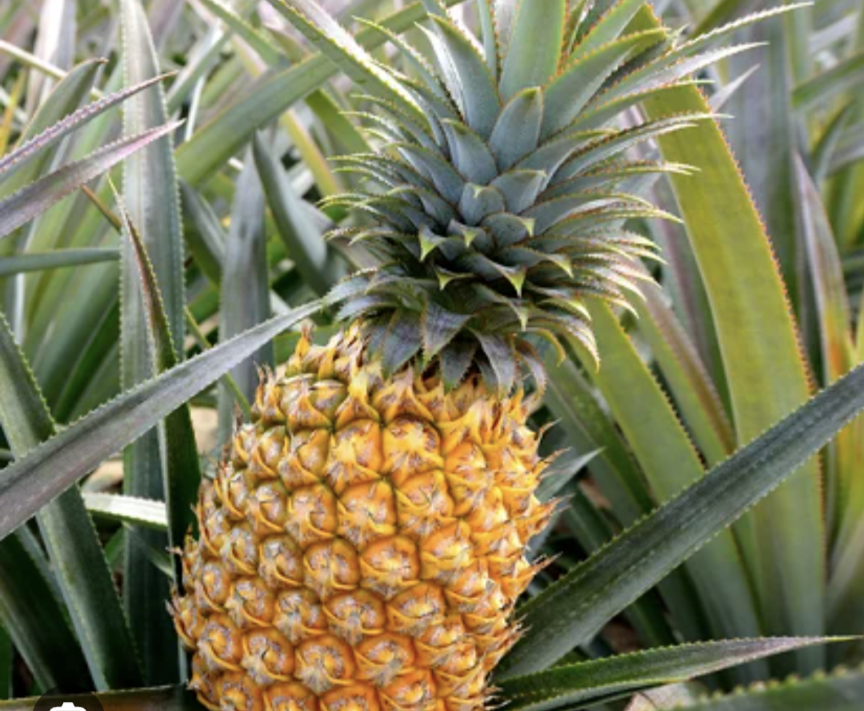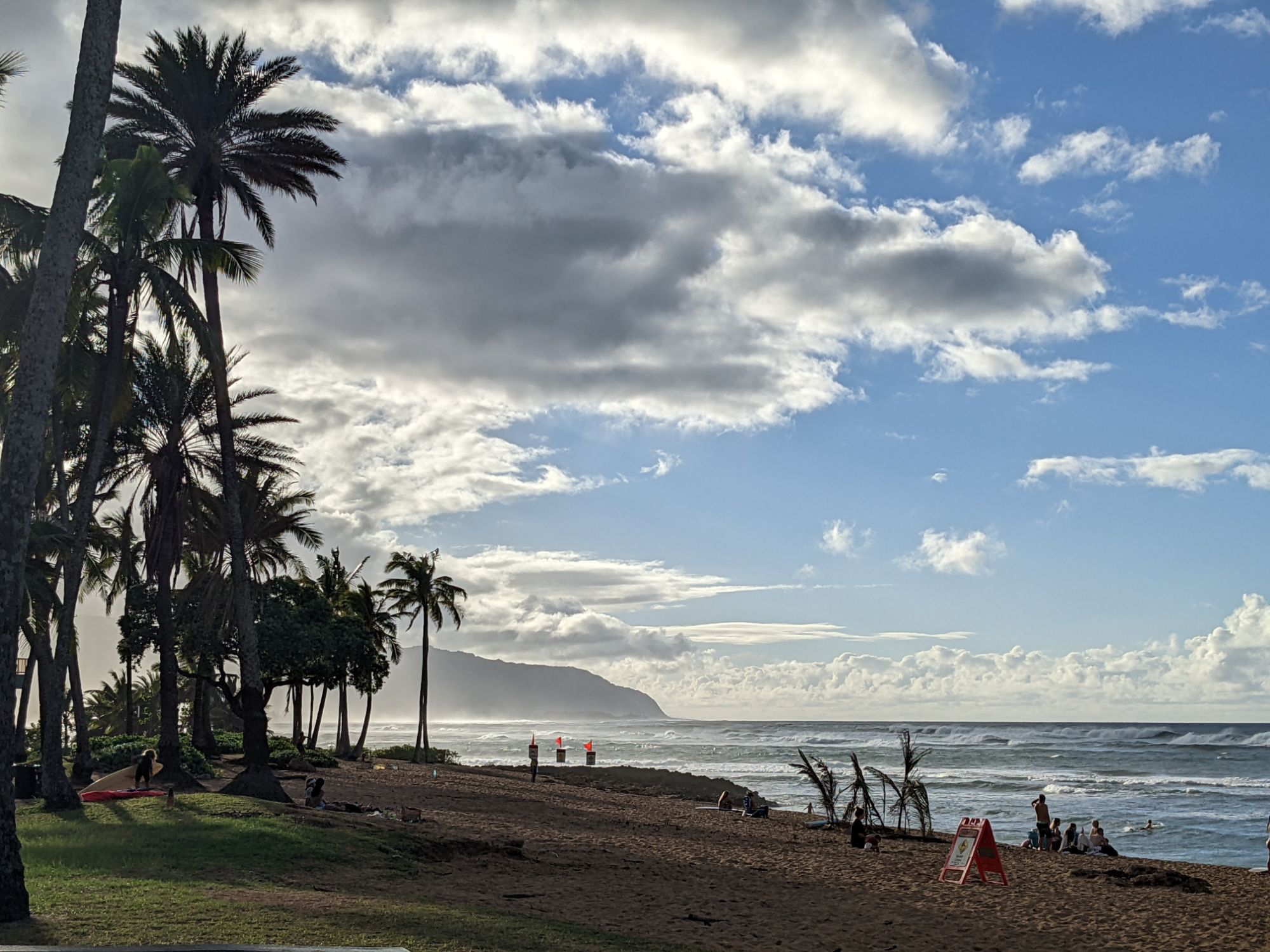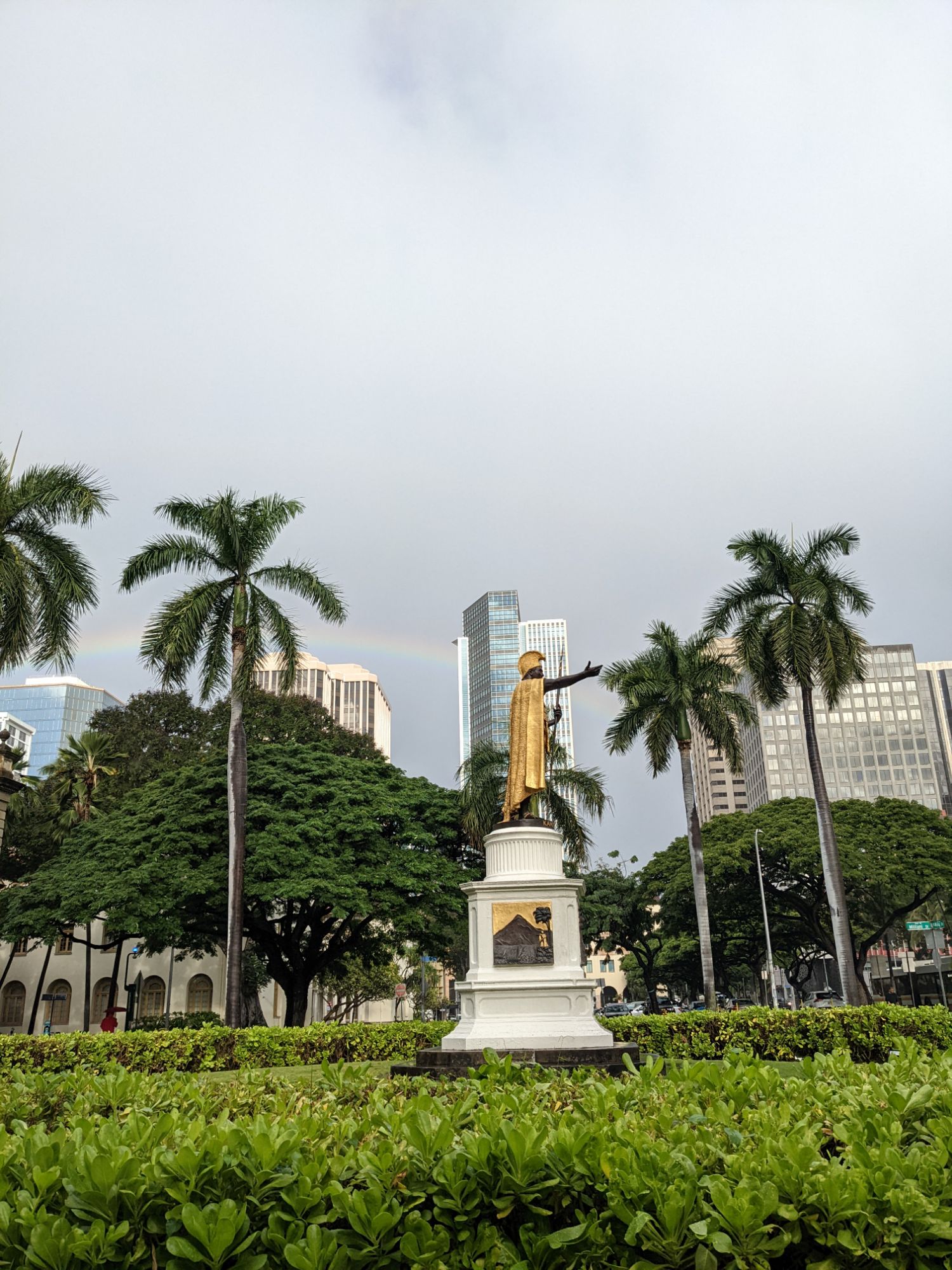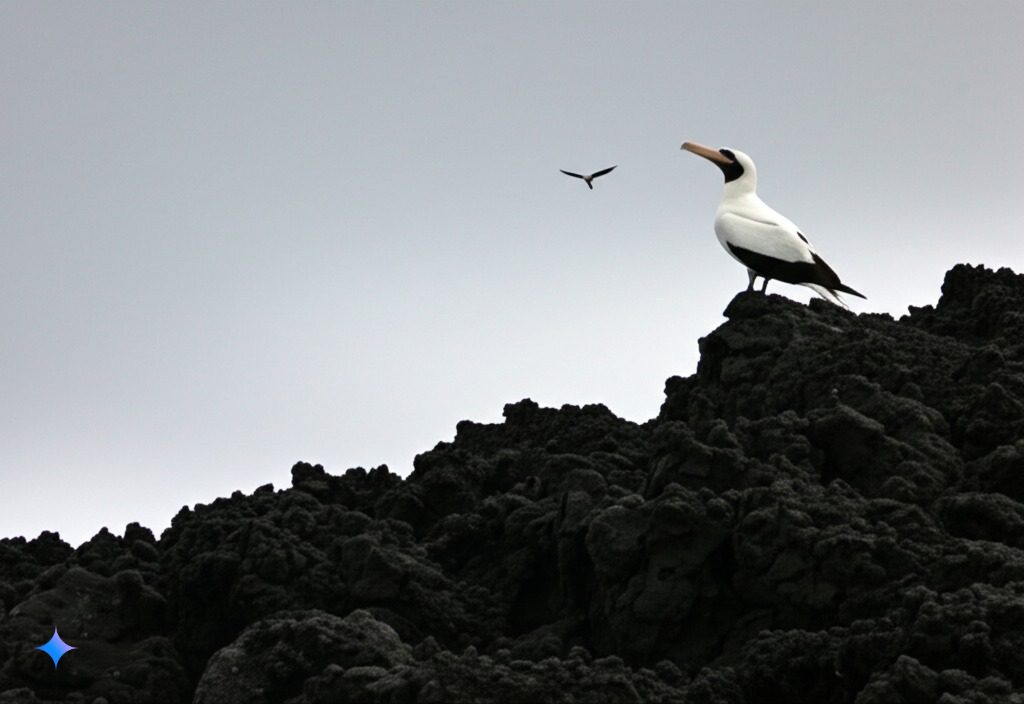


Watching seabirds soar freely through the sky fills me with wonder about where they come from. Migratory birds cross borders, traveling thousands of kilometers at times. From where exactly do they originate, and where are they headed? What landscapes do they see and what stories do they weave on their long journeys?
But this beauty masks a harsh reality. At Ka’ena Point, a precious sanctuary in Hawaii, the Laysan Albatross struggles. Once plentiful, their numbers have drastically declined. Their lives, intertwined with ours, are threatened by our activities. This blog delves into the complex relationship between the Laysan Albatross and humanity, set against the backdrop of Ka’ena Point and the Hawaiian Islands. To understand the challenges facing these incredible birds, let’s explore their biology, behavior, and the unique ecosystem they call home.
The Laysan Albatross: A Portrait of a Seabird
The mōlī, or Laysan Albatross (Diomedeidae family), a keystone species of the Hawaiian Islands, is a plentiful seabird renowned for its elaborate courtship displays and vocalizations, earning it the affectionate nickname “gooney bird.” Predominantly white with distinctive black wings and tail, these characteristics are crucial for their survival, as they navigate vast stretches of the North Pacific Ocean in search of food. These albatrosses are masters of dynamic soaring, enabling them to travel vast distances across the North Pacific, often foraging up to 1,100 miles from their nesting colonies. They primarily seek squid, crustaceans, fish, and flyingfish eggs, seizing their prey from the water’s surface. While they generally prefer feeding among their own species, they are less inclined to scavenge from fishing boats than other albatross species like the black-footed albatross.
Nesting and Reproduction: A Delicate Balance
Exhibiting strong colony nesting behavior, Laysan Albatrosses form long-term pair bonds and demonstrate high site fidelity, returning to the same nesting locations year after year. Each pair lays a single egg that is incubated until it hatches, with both parents sharing chick-rearing responsibilities. Nests range from simple scrapes to ring-like structures of sand and vegetation, typically situated near vegetation. Once the chick hatches, the parents undertake impressive foraging journeys, often exceeding 1,000 miles, to find enough food for their chick’s development, then provide no post-fledgling care. After facing many challenges, young albatross will return to their colony between 3-5 years later. This long period of development and dependence makes them particularly vulnerable to environmental changes.
Ka’ena Point: A Haven for Wildlife
These albatrosses nest primarily in the Northwestern Hawaiian Islands, as well as on Kaua‘i, O‘ahu, and Lehua Island in the Main Hawaiian Islands, and on islands off Japan and Mexico. Nesting sites are often found in flat, open areas on low-lying coral and sand islands, but also occur in steep rocky areas. The Hawaiian Islands National Wildlife Refuge and Midway Atoll National Wildlife Refuge host a significant portion of the global mōlī population, with Kīlauea Point National Wildlife Refuge on Kaua‘i and Ka‘ena Point Natural Area Reserve on O‘ahu serving as important breeding colonies. At these critical locations, active predator control helps ensure nesting success, safeguarding these vulnerable chicks from introduced species.
Ka‘ena Point, a readily accessible location on O‘ahu, exemplifies a thriving Hawaiian ecosystem and offers excellent opportunities to observe these birds. It provides a vital haven not only for nesting seabirds, including the Laysan Albatross, but also for monk seals and other native coastal species.
A Shared Future: Conservation and How You Can Help
With ongoing protection, Ka’ena Point holds the potential to become even more of a stronghold for Hawai‘i’s diverse seabirds, plants, and insects, underscoring the importance of continued conservation efforts to safeguard this iconic species and the unique environment it inhabits.
The fate of the Laysan Albatross, and the unique ecosystem of Ka’ena Point, rests in our hands. You can help protect the Laysan Albatross and its fragile habitat by:
- Supporting local conservation organizations: Donate to or volunteer with groups dedicated to protecting seabirds and their habitats in Hawaii.
- Reducing plastic consumption: Choose reusable alternatives and properly dispose of plastic waste to prevent it from entering the ocean.
- Practicing responsible tourism at Ka’ena Point: Stay on designated trails, avoid disturbing nesting birds, and pack out all trash.
- Educating others: Share this blog post and spread awareness about the challenges facing the Laysan Albatross.
By working together, we can ensure a brighter future for these magnificent birds and the delicate balance of the Hawaiian ecosystem.
Resources:
Hawaii Department of Land and Natural Resources. (n.d.). Mōlī. Retrieved from https://dlnr.hawaii.gov/wildlife/birds/moli/
Hawaii Department of Land and Natural Resources. (n.d.). The wildlife of Ka‘ena. Retrieved from https://dlnr.hawaii.gov/ecosystems/featured/kaena-point-ecosystem-restoration-project/
Shallenberger, R. J. (2005). Hawaiian birds of the sea: Na manu kai. University of Hawai’i Press.











